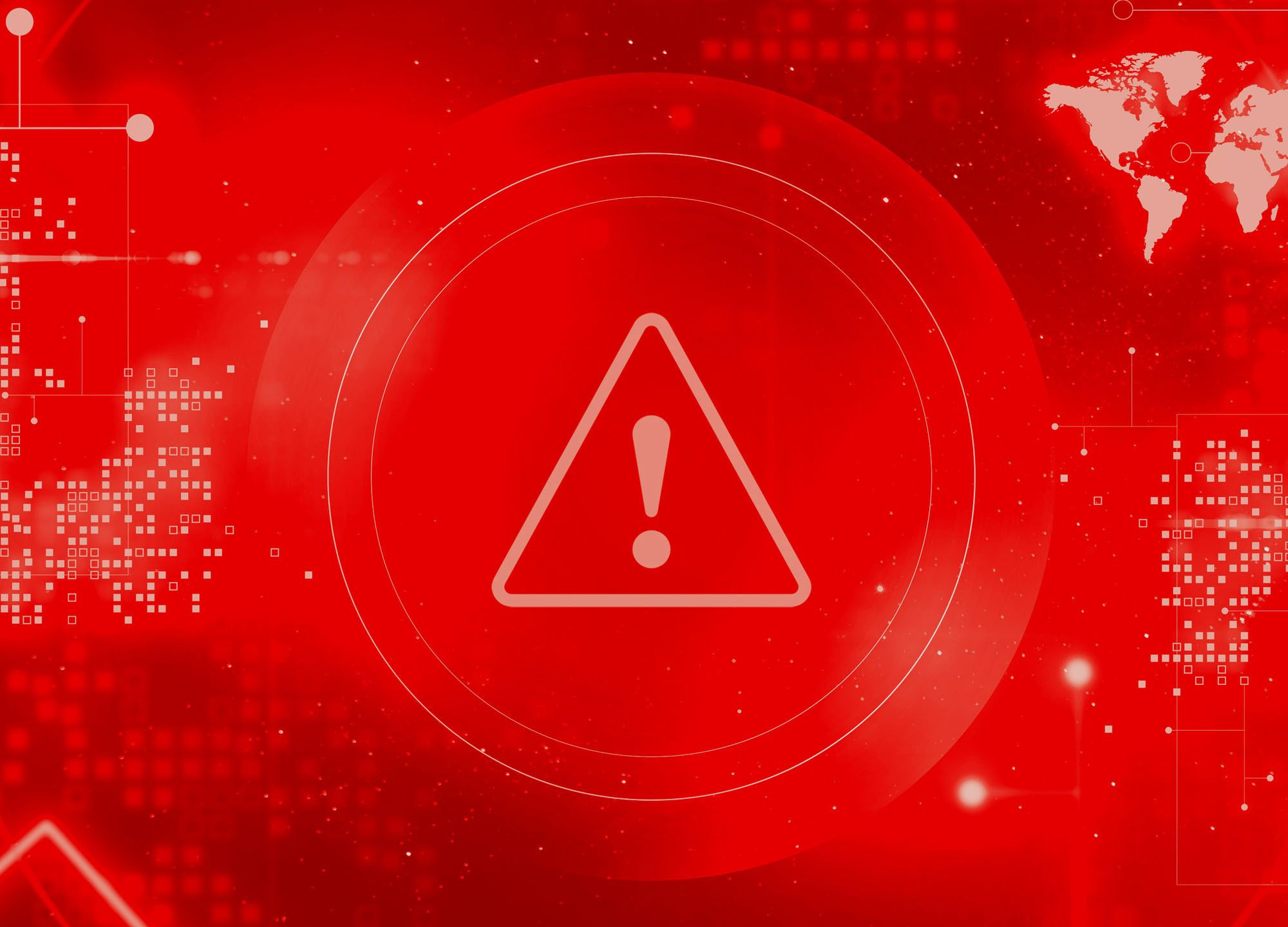You get a lot of terms in business that seem to appear out of nowhere and before long everyone is using them but few people can tell you what they mean.
Operational Intelligence (OI) and Business Intelligence (BI) would have to be two such terms.
In its OI vs BI blog, Operational Intelligence is described as being able to tap into “data and business processes to change actions in real-time across the entire fabric of your business. It quite literally connects the dots for your organisation so that no matter what your role is, you can deliver the best outcome, every time.
“Business Intelligence, on the other hand, focuses on the longer term. It’s about using business data to forecast and plan for the future - but it can’t do much about the here and now.”
The point is made that most businesses find the two approaches complementary: “OI is used to streamline everyday functions, backed up with the in-depth analysis of BI. It’s about what a business needs at any one time.
Usually, if a business wants to take advantage of both BI and OI it needs to purchase two different software solutions or as add-ons to its business management solution.
Operational Intelligence (OI)
- Focus: Real-time monitoring and optimisation of current operations and processes.
- Data: Emphasizes live, streaming data (e.g., machine sensor readings, network traffic, website interactions).
- Timeframe: Immediate, present-moment insights.
- Goal: Swift reactions to issues, maintaining system health, and optimizing ongoing tasks.
- Examples:
- IT system performance monitoring to prevent outages
- Real-time production line adjustments to minimize defects
- Call centre optimization to reduce wait times
Business Intelligence (BI)
- Focus: Analysis of historical and aggregated data for strategic decision-making.
- Data: Utilizes structured data from databases and warehouses.
- Timeframe: Past and present trends or patterns.
- Goal: Identifying long-term opportunities, understanding performance metrics, and making informed forecasts.
- Examples:
-
- Sales trend analysis across various product lines
- Customer churn prediction models
- Market share assessment
-
Key Differences in a Nutshell
| Feature | Operational Intelligence (OI) | Business Intelligence (BI) |
|---|---|---|
| Focus | Current operational efficiency | Strategic, long-term planning |
| Data Type | Real-time, streaming | Historical, structured |
| Time Horizon | Immediate action | Trends and patterns |
| Users | Frontline staff, operations managers | Business analysts, executives |
Complementary Relationship
OI and BI aren't competitors but rather work in tandem:
- OI informs BI: Real-time insights from OI can feed into BI systems for broader analysis of trends and patterns.
- BI guides OI: The historical perspective from BI can help establish benchmarks and thresholds for OI monitoring and trigger points.
Let us know if you'd like to explore any aspect in more detail or would like any other software-related information. Call 01482 210999 or email info@genesisit.co.uk




